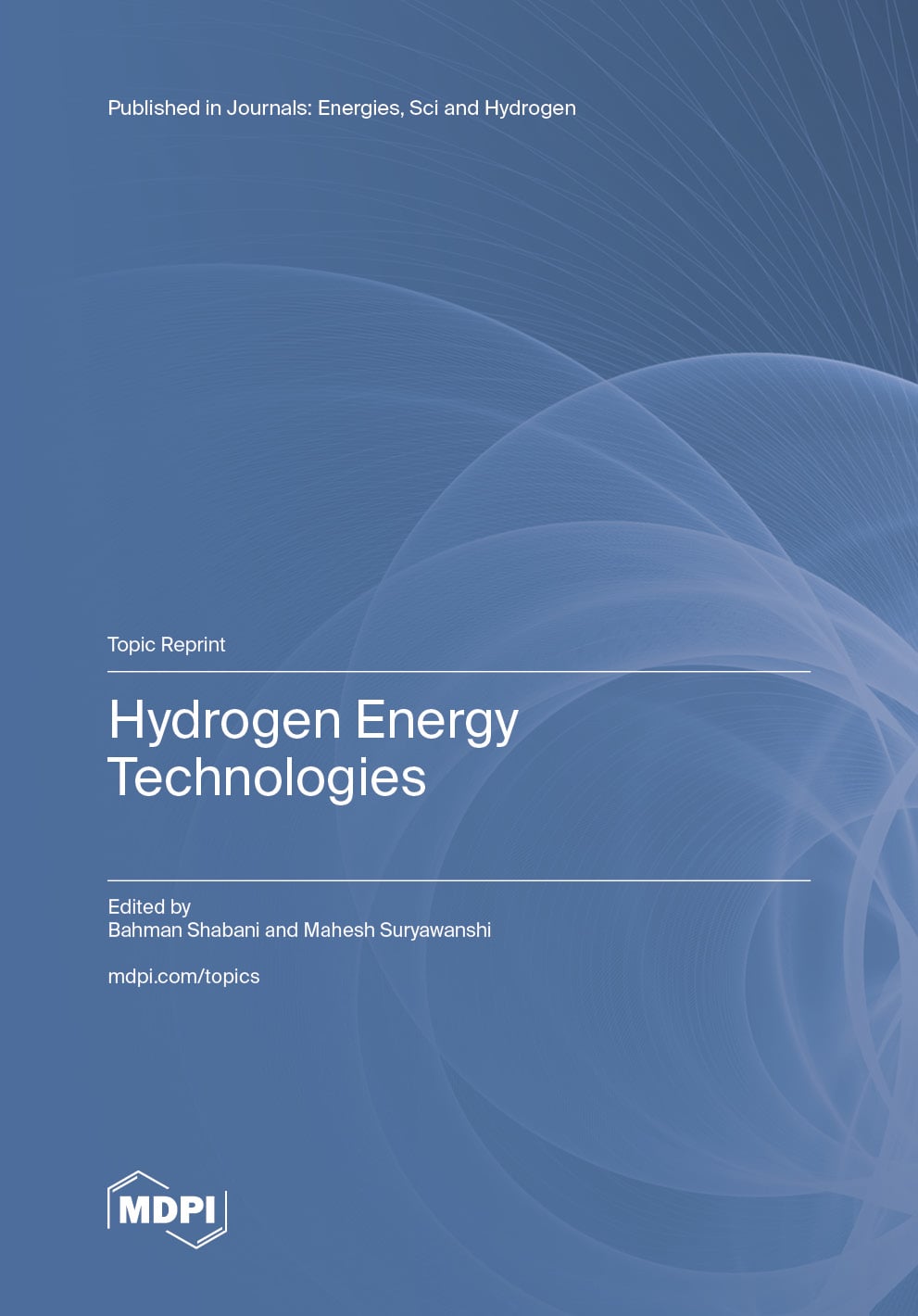- 3.0Impact Factor
- 5.5CiteScore
- 18 daysTime to First Decision
Hydrogen
Hydrogen is an international, peer-reviewed, open access journal on all aspects of hydrogen, published quarterly online by MDPI.
Quartile Ranking JCR - Q3 (Energy and Fuels | Chemistry, Physical)


